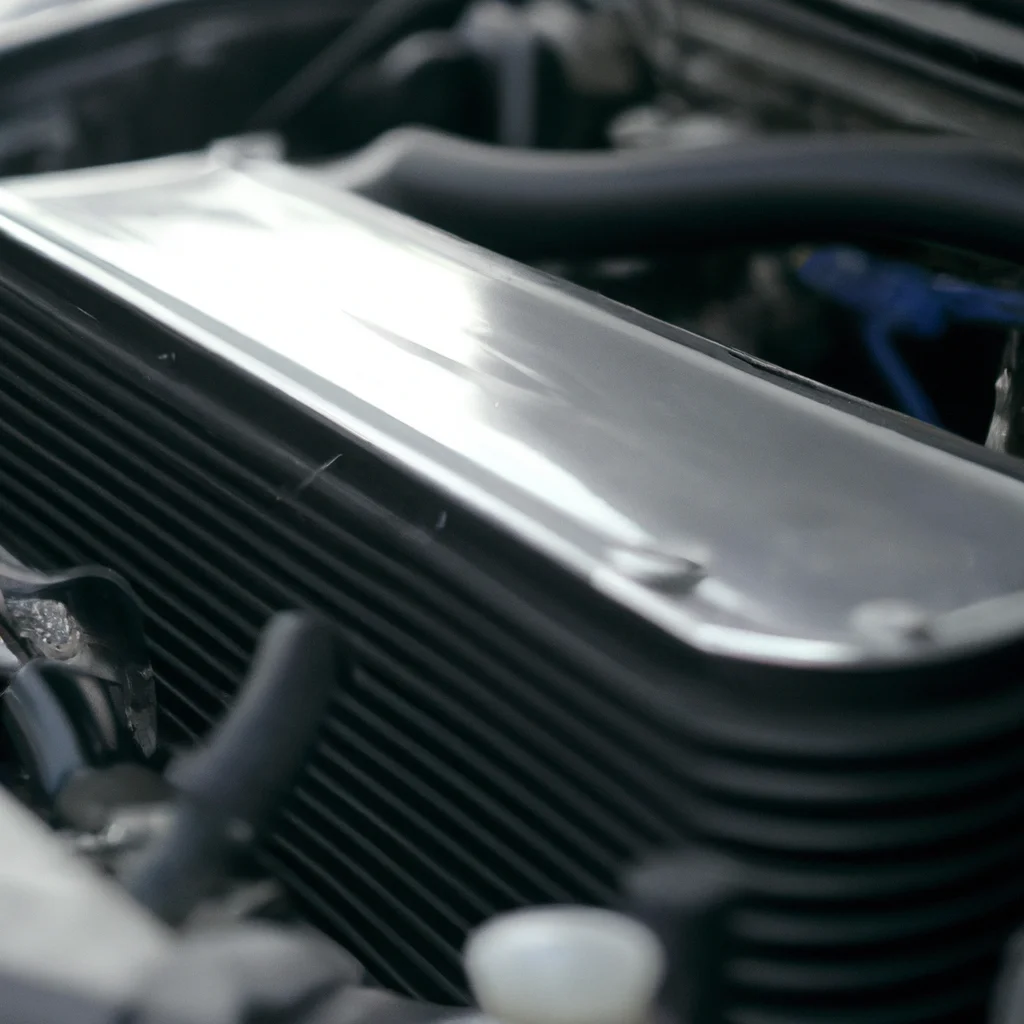How does a car’s radiator cool the engine?


How does a car's radiator cool the engine?
A car radiator is a crucial component that plays a vital role in ensuring the engine stays cool. Without a functioning radiator, the engine would overheat, leading to permanent damage or even engine failure. In this article, we will explore how a car’s radiator cools the engine, its function, and the importance of coolant circulation.
What is a Car Radiator?
A car radiator is a heat exchanger that is responsible for removing heat from the engine. It is located at the front of the car, behind the grille, and is visible from the outside. The radiator’s primary function is to dissipate the heat generated by the engine and to prevent the engine from overheating.
How Does a Car Radiator Cool the Engine?
The process of cooling the engine with a radiator involves several steps, including:
1. Heat transfer
The engine generates a lot of heat when it is running. The heat is transferred from the engine to the coolant, which flows through the engine block and the cylinder head. The coolant absorbs the heat and carries it away from the engine.
2. Coolant circulation
The coolant circulates through the engine and into the radiator. As it flows through the radiator, the coolant releases the heat that it has absorbed from the engine. The radiator uses a network of tubes and fins to increase the surface area of the coolant, allowing it to release more heat.
3. Airflow
Airflow is a crucial component in the cooling process. As the coolant flows through the radiator, it is cooled by the air that passes over the fins. The air is drawn in by the fan located behind the radiator or by the car’s forward motion when driving. The airflow helps to dissipate the heat from the coolant, allowing it to return to the engine and absorb more heat.
4. Heat dissipation
Heat dissipation is the final step in the cooling process. The heat that is released by the coolant is dissipated into the air, and the coolant is returned to the engine to absorb more heat. The process repeats itself continuously while the engine is running.
Radiator Function
The radiator’s primary function is to dissipate the heat generated by the engine. The radiator is made up of several components, including:
1. Core
The core is the central part of the radiator and is made up of a network of tubes and fins. The tubes carry the coolant through the radiator, while the fins increase the surface area of the tubes, allowing for greater heat dissipation.
2. Tank
The tanks are located at the top and bottom of the radiator and are responsible for holding the coolant. The tanks are also connected to the engine block and the cylinder head, allowing the coolant to flow through the engine.
3. Fan
The fan is located behind the radiator and draws in air to cool the coolant as it flows through the radiator. The fan is an essential component of the cooling system and is controlled by a thermostat that regulates the engine’s temperature.
Importance of Coolant Circulation
Coolant circulation is essential for the radiator to function correctly. The coolant is responsible for absorbing the heat from the engine and carrying it away to the radiator. Without proper coolant circulation, the engine would overheat, leading to permanent damage or even engine failure. To ensure proper coolant circulation, it is essential to maintain the cooling system by regularly checking the coolant levels and flushing the system as recommended by the manufacturer.
Conclusion
A car radiator is a crucial component that plays a vital role in ensuring the engine remains cool. The process of cooling the engine with a radiator involves heat transfer, coolant circulation, airflow, and heat dissipation. The radiator’s function is to dissipate the heat generated by the engine using a network of tubes and fins, tanks, and a fan. Coolant circulation is essential for the radiator to function correctly, and it is essential to maintain the cooling system to prevent engine damage. Understanding how a car radiator cools the engine is crucial for maintaining the longevity and performance of your car.
Recent Posts
How do I create an engaging and informative online quiz or assessment?
Creating an engaging and informative online quiz or assessment can be a powerful tool for… Read More
What are the most effective methods for managing and reducing work-related stress in the hospitality industry?
Work-related stress is a common issue in the hospitality industry, where employees often face long… Read More
How can I improve my assertiveness and communication skills in a leadership position?
In a leadership position, assertiveness and effective communication skills are crucial for success. Being able… Read More
What are the key elements of a successful employee recognition and rewards program?
Employee recognition and rewards programs play a crucial role in motivating and engaging employees, as… Read More
How do I effectively manage and respond to customer feedback and reviews?
Customer feedback and online reviews play a crucial role in shaping a company's reputation and… Read More
What are the best strategies for effective time management as a stay-at-home parent?
Effective time management is crucial for stay-at-home parents who juggle multiple responsibilities on a daily… Read More